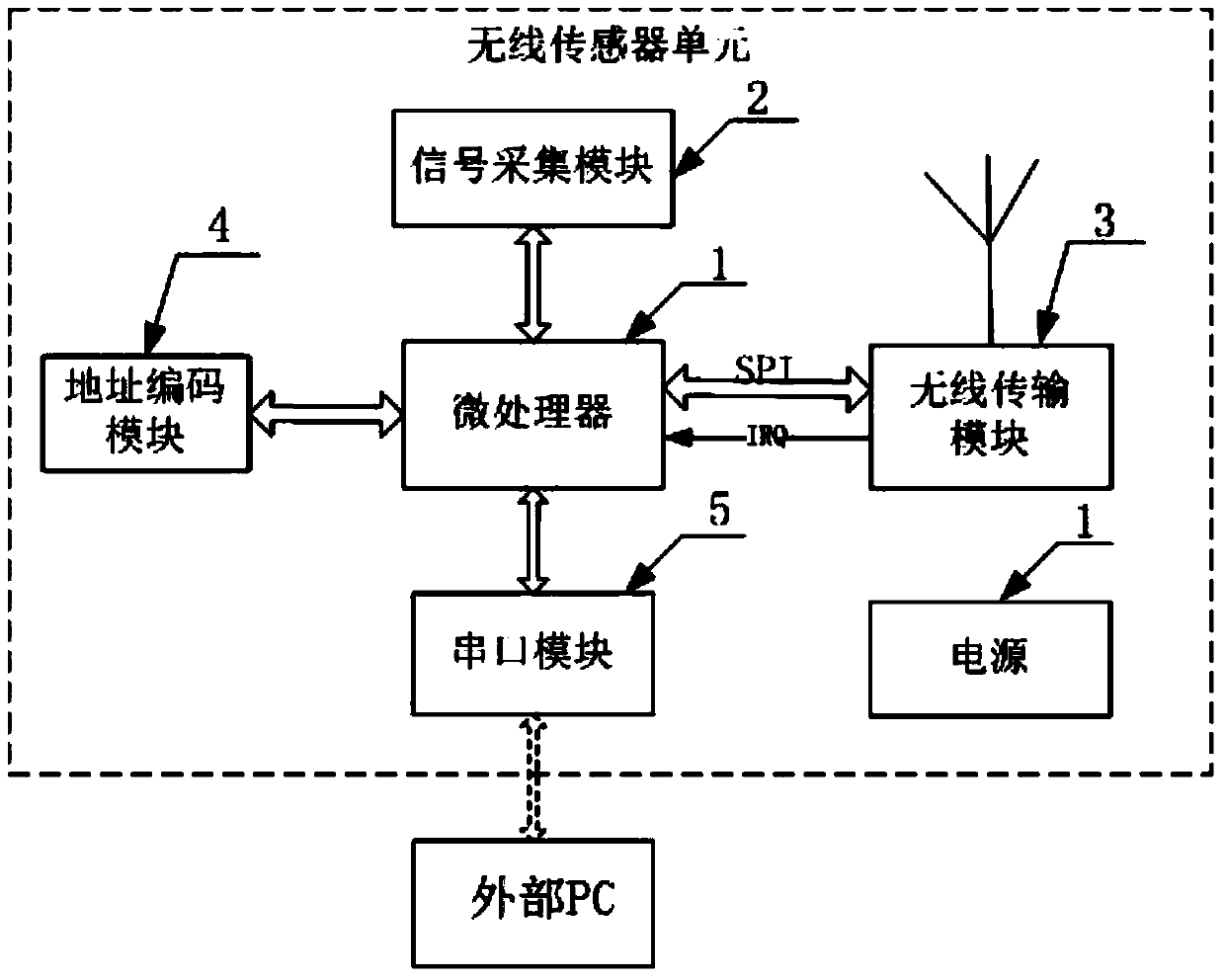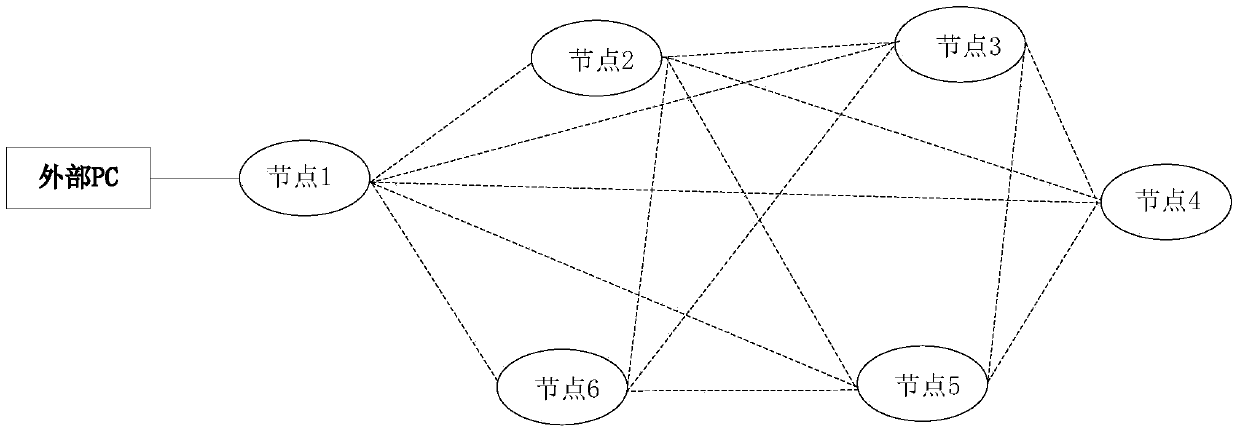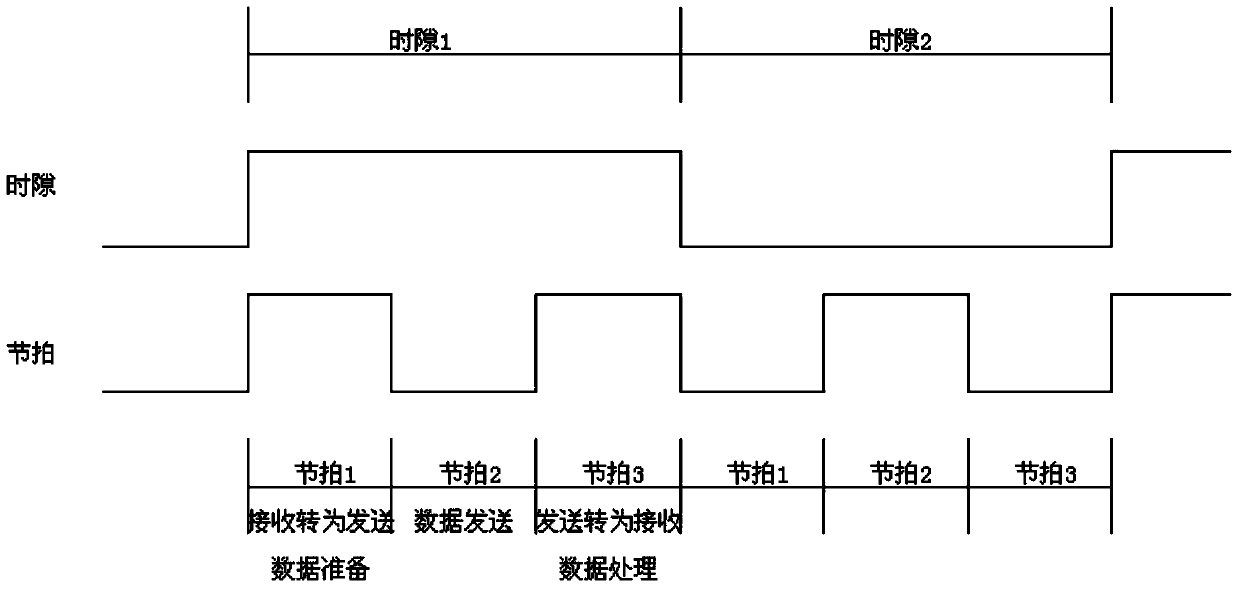Wireless sensor component and TDMA self-organized network implementation method
A wireless sensor, self-organizing network technology, applied in the field of communication, can solve the problems affecting the correct transmission of synchronization information, difficulty in selecting a "temporary leader", and the main control node being disconnected from the network, etc., and achieves low price, stable performance, and low current consumption. Effect
- Summary
- Abstract
- Description
- Claims
- Application Information
AI Technical Summary
Problems solved by technology
Method used
Image
Examples
Embodiment Construction
[0056] In order to better understand the technical content of the present invention, specific embodiments are given together with the attached drawings for description as follows.
[0057] figure 1 Shown is an exemplary structural diagram of a wireless sensor assembly according to an embodiment of the present invention, wherein a wireless sensor assembly includes a microprocessor 1 and a signal acquisition module 2 connected to the microprocessor 1, a wireless transmission module 3, an address Encoding module 4, serial port module 5.
[0058] As preferred embodiment, microprocessor 1 selects the C8051F020 single-chip microcomputer of U.S. CYGNAL company, and its performance parameter is as follows:
[0059] a) High speed, up to 25MIPS, more than 20 times faster than the standard 8051.
[0060] b) Powerful analog signal processing function, with up to 8 channels of 12-bit ADC (maximum conversion rate of 100ksps) and two channels of 12-bit DAC.
[0061] c) The advanced JTAG d...
PUM
 Login to View More
Login to View More Abstract
Description
Claims
Application Information
 Login to View More
Login to View More - R&D
- Intellectual Property
- Life Sciences
- Materials
- Tech Scout
- Unparalleled Data Quality
- Higher Quality Content
- 60% Fewer Hallucinations
Browse by: Latest US Patents, China's latest patents, Technical Efficacy Thesaurus, Application Domain, Technology Topic, Popular Technical Reports.
© 2025 PatSnap. All rights reserved.Legal|Privacy policy|Modern Slavery Act Transparency Statement|Sitemap|About US| Contact US: help@patsnap.com



